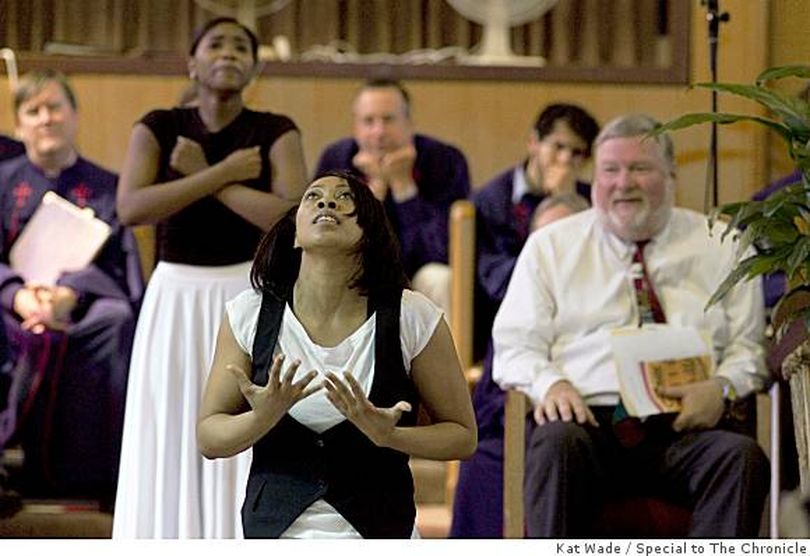Just how integrated are we?

Good morning, Netizens...
Despite the fact we now have our first Black American as President, and despite all the warm, fuzzy feelings that members of various factions in this country sought to engender in all of us during the election campaign and resulting inauguration, my question on this otherwise luminous Spring morning is, just how racially integrated are we? Have we slipped a cog and suddenly our nation no longer has any regard for race or color or, as some have observed, are the old barriers still there, simply more congenially being ignored now?
This morning we are going to take a long, thoughtful look at two entirely different areas of the country, each of which has faced and is still facing the racial divide between Black and White.
About this time of year, high-school seniors begin a rite of passage, shucking off their glad rags they have worn all through high school in favor of formal ball gowns and tuxedos for the Senior Prom. Decades ago, I regularly used to visit Montgomery County in South-Central Georgia as a racially-divided state. There were still those ugly signs visible in various places throughout the town, “No Negroes” and “Whites Only” despite the fact federally-mandated racial integration had taken place several decades ago. I feel certain those signs are gone now, but apparently not forgotten entirely.
In a New York Times article written by Niko Koppel, with an excellent photo essay by Gillian Laub, the 54 students in the Class of 2009 at Montgomery County High School, on May 1, the white students held their senior prom. And the following night the black students had theirs. Although the school in south-central Georgia was integrated in 1971, by longstanding tradition, the prom remains segregated.
According to the article, it is not because of racial enmity, a hardened racial prejudice such as haunts the hallways of our racial history together, no. The kids mix well together, and if it were up to the majority of them, they would have one prom. This is just what is left over from the parents and grandparents of a different time in the racial history. It is slated to change next year. One prom queen, one prom.
Now we switch our view to Oakland and Piedmont, California, two areas about as culturally-diverse areas of the Bay Area as two areas can be. I lived in Piedmont one year, many years ago. Back then it was as lily-white as white could be, with high-end housing by the mile, and nary a black face to be seen anywhere.
One of the most-strident, deeply-entrenched factions of the Bay Area is changing, as a formerly predominantly-white church, the Piedmont Community Church, and a black church, the Imani Community Church, have been holding joint worship services for the first time in their joint histories.
The Imani Community Church and Piedmont Community Church decided that they would come together as one people. They will worship together periodically. They've started to mix into each others' Bible studies. Their choirs sing together. Their children have gone on a mission trip together to Tijuana. On Sunday, May 3 and May 17, they had ceremonies affirming their covenant with each other.
The Pew Forum on Religion and Public Life stated recently that mainline Protestant churches are 91 percent white, while historically black churches remain 92 percent black, according to extensive demographic surveys. It does seem that church people in all sorts of congregations regularly talk about being "brothers and sisters in Christ." But few practice it with race in mind, and thus this mixing together of two separate churches from two racially-diverse population areas, is a change.
My opinion is thus: although the racial divide is still there, separating one race from another, the rift is healing slowly over time. From high school proms that have been separate but equal from one another in Georgia, to a predominantly-white church in Piedmont, California forming a bond with a predominantly-black Oakland Church, the separation between Black and White in modern America appears to be getting smaller, even in places far, far away from Spokane, Washington.
[portions quoted from The New York Times and the San Francisco Chronicle]
Just how integrated are we in Spokane? Are we getting better?
Dave